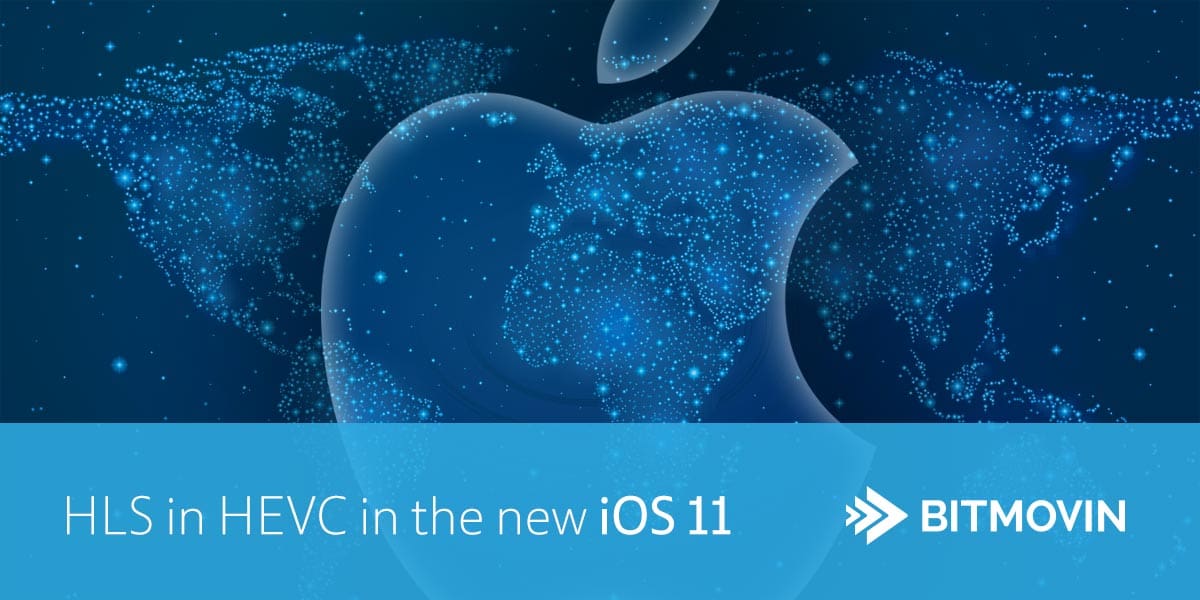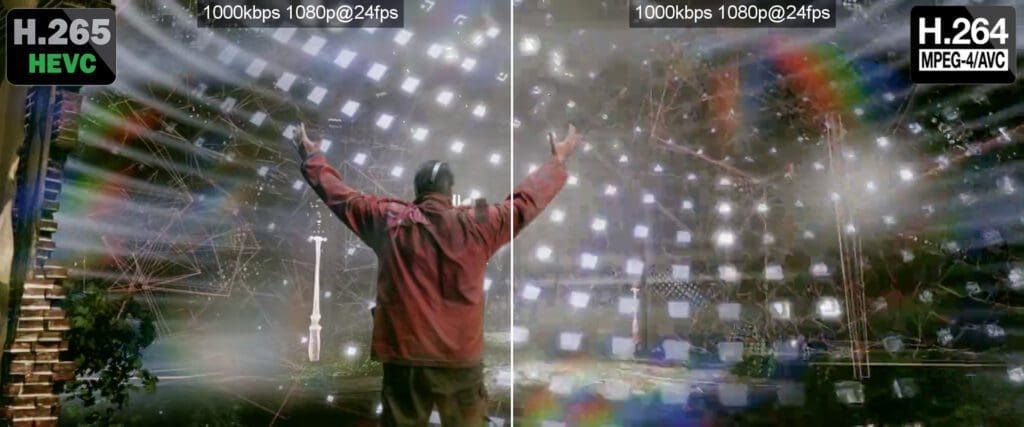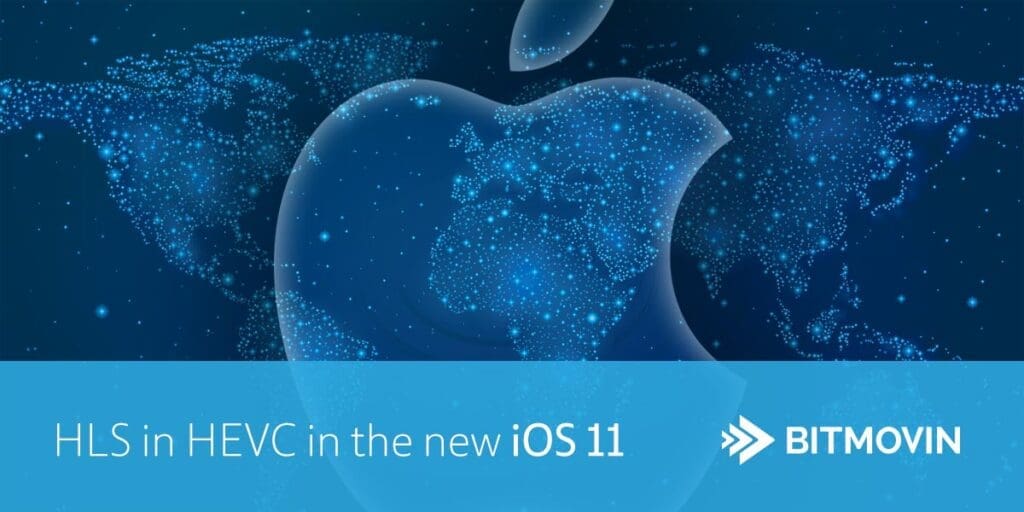
At WWDC17 Apple presented updates and new features that will be available to their products soon including HEVC in HLS
This year Apple announced support for HEVC/H.265 for macOS High Sierra and iOS11. The release of iOS 11 is expected to happen soon after Apple’s iPhone 8 launch event on September 12th. Considering the fact that iOS users usually upgrade their system pretty fast, HEVC playback will soon be available on hundreds of million devices. This is evident, as only five months after iOS 10 was released to the public, it was installed on about 80% of active iOS devices. In January 2016 Apple announced it had over 1 billion active iOS devices. There was no updated number after that, however, when considering Apple is selling tens of millions of iOS devices each quarter, it’s reasonable to assume the total is above 1 billion by now.
That are numbers too large to be ignored considering the fact that HEVC/H.265 can reach up to 50% bitrate savings compared to AVC/H.264 according to Netflix’s experiments. This will allow to stream better quality to customers and saves storage and CDN costs for content providers.
The following image shows a quality comparison between HEVC/H.265 and AVC/H.264 encoded at 1000kbps. The quality improvement is clearly visible as there are multiple encoding artifacts visible in the AVC/H.264 version. Also if you look at the details of the coat or the lines in the background one can clearly see how HEVC/H.265 manages to preserve more details.

Multi Codec Streaming
With Bitmovin you can encode content with different codecs like AVC/H.264, HEVC/H.265, VP9, and recently also AV1. This allows to use the best codec for the platform when streaming content to your users. HEVC/H.265 and VP9 are more efficient than AVC/H.264 allowing to deliver higher quality with the same bitrate, or save costs by delivering similar quality to less bandwidth. VP9 is supported on Google Chrome, Firefox and Android devices which allows you to stream VP9 to about 70% of your users. For Safari there was still the need to use AVC/H.264 until now. Having the fast adoption rates for new iOS versions in mind, it is expected for iOS 11 to be installed on the vast majority of iOS devices soon, allowing to save bandwidth, storage and CDN costs by utilizing its HEVC/H.265 support.
Generating HEVC/H.265 content with fMP4 segments works out-of-the-box for HLS with Bitmovin as we do that today for HEVC MPEG-DASH content already. The trick to make it available as an HLS asset is just to reference the segments in the HLS playlist files in the same way as we do it today with fMP4 in HLS.
Playback of HLS with HEVC
With the Bitmovin Player you can deliver HEVC based HLS streams to a wide range of supported devices, enabling you to provide a better video quality to your customers, or to save storage and CDN costs by delivering the same video quality at significantly lower bitrates.
No matter if you build native iOS applications using our iOS SDK, or if you want to enable HLS HEVC playback in the browser, the Bitmovin Player provides you broad device and platform coverage for HLS content encoded with HEVC. Besides playback of HEVC based HLS streams in Safari on macOS High Sierra and iOS, the web-based Bitmovin Player is also able to play those streams on any browser which comes with built in HEVC support like the Microsoft Edge Browser.
If you have iOS 11 already installed on your device, you can test any HLS HEVC stream in our iOS SDK demo application available in the App Store. With macOS High Sierra or iOS 11 installed, you can also test your streams in Safari using our online demo section.
Test Vectors
There are a few ways to deliver HEVC content to users:
- HEVC in HLS using MPEG-2 Transport Stream chunks, which Apple doesn’t support,
- HEVC in HLS using fMP4 segments, which is what Apple announced on WWDC17 and our player supports,
- HEVC in MPEG-DASH using fMP4 segments.
All of these options can already be created using the Bitmovin Encoder. For playback, it depends on the HEVC support in the browser. Obviously, Apple added this for Safari on macOS 11 and High Sierra, but also Edge on Windows 10 already supports it. HEVC can be streamed using HLS or MPEG-DASH to Edge with the Bitmovin Player.
We provide test vectors for the three above mentioned types for public testing:
Beside HEVC/H.265 we can also encode the same asset to AVC/H.264 and VP9 which we introduced earlier this year. With this configuration you can deliver the best codec to every device, improving quality and save costs. VP9 is supported on multiple platforms including Google Chrome, Firefox and Android devices and thus by about 70% of your users. Take in consideration that with VP9 you can save up to 50% on bitrate delivering similar quality you could save about 35% on CDN costs.
Here are some more test vectors including the VP9 codec:




